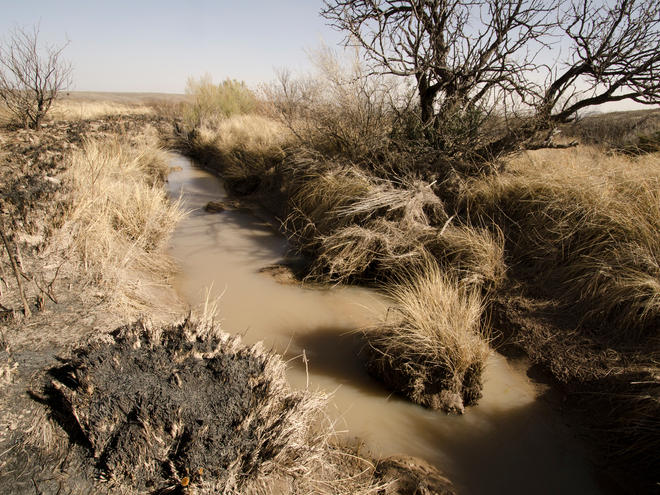Climate-smart conservation along the Rio Grande
Published by the World Wildlife Fund
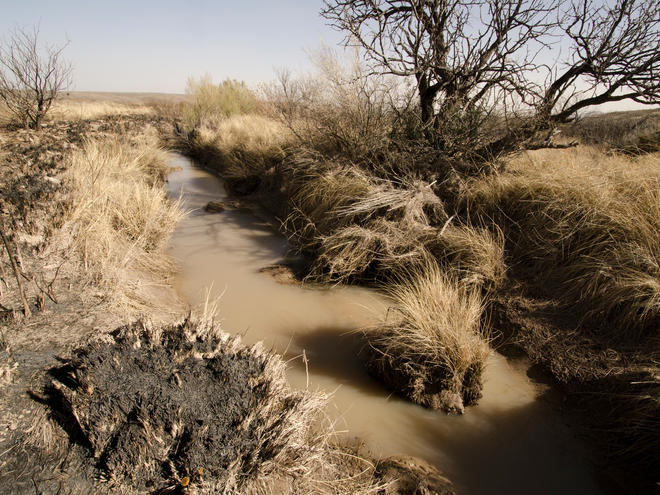
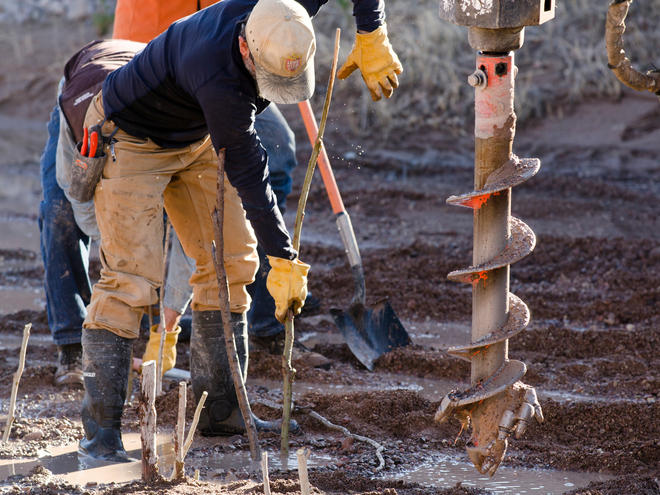
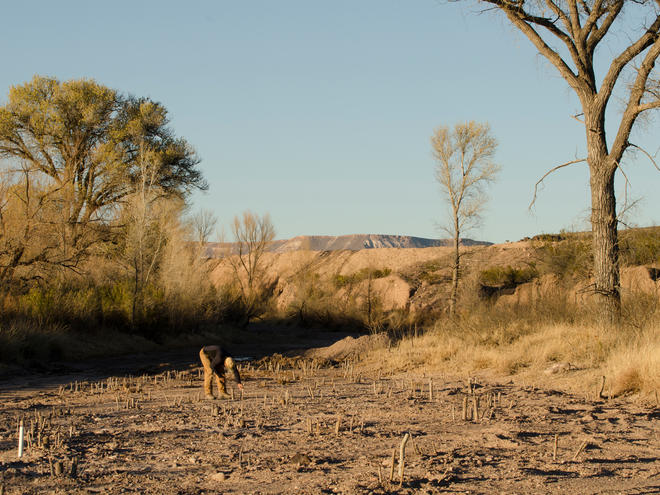
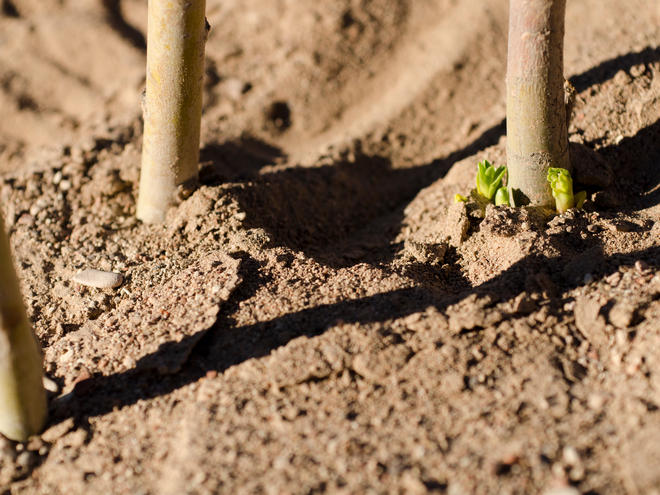
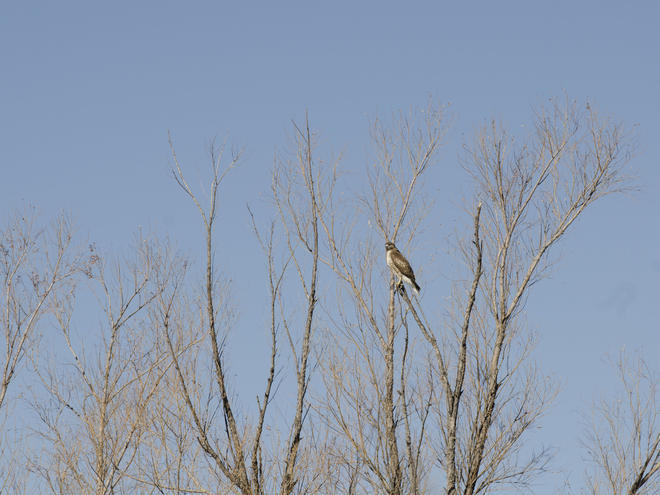
The Rio Grande-Rio Bravo is the lifeblood of the water scarce Chihuahuan desert region. The river and its tributaries serve as the primary source of water for some 6 million people, and provide food and shelter to a number of plant and animal species. But, climate change, coupled with rising populations and diversifying demands, threatens the river’s future and the future of those who rely on it. To increase the resiliency of the river and all who depend on it, WWF and local partners are restoring crucial ecosystems. This includes transforming bare riparian areas, which were cleared decades ago for mining and construction activities, into thriving habitats full of local vegetation.
After carefully studying the watershed, WWF meets with managers at the O2 Ranch, which includes critical riparian areas for Terlingua Creek, a tributary of the Rio Grande/Rio Bravo. The ranchers are intimately familiar with how rainwater flows over the 272,000 acres of O2, and their expertise helps identify the exact location of planting and the planting design. The ranchers also understand that improving this area will increase water retention and improve soil health, which benefits their business.
Coyote willow and cottonwood branches are harvested from several sites upstream in Terlingua Creek, as well as along the Rio Grande/Rio Bravo as it flows through Big Bend National Park. The harvested branches are soaked in pools for a week prior to planting to increase the likelihood of survival after planting.
Using track hoe and motorized auger, the team digs holes for the willow poles.
The revegetation covers 3 hectares in an area that is critical for Terlingua Creek. Improved vegetation will increase the amount of water that reaches the Rio Grande/Rio Bravo downstream, absorb excess water from extreme rainfall or floods, and reduce the amount of soil and sediment that flows into the river system, clogging its channels.
After planting, the poles are carefully surveyed to determine their survival rate and whether additional plantings will be needed.
In addition to building resiliency against climate change, as the vegetation grows in this riparian area, it provides new, native habitats for wildlife, including birds and monarch butterflies.
Read the full article at: http://feedproxy.google.com/~r/WWFStories/~3/NJ7jxe_K1yA/climate-smart-conservation-along-the-rio-grande

